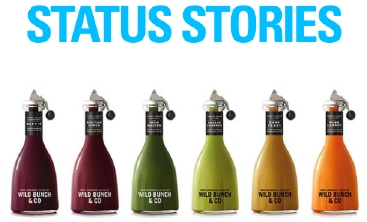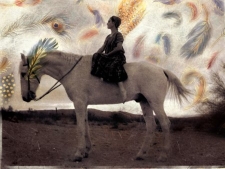Decided to add to my original entry below about obituaries when I read Joanna Moorehead’s story in The Guardian about German photographer Walter Schels who
thinks it not only odd, but wrong that death is so hidden from view. Aged 72, he’s also keenly aware that his own death is getting closer. Which is why, a few years ago, he embarked on a bizarre project. He decided to shoot a series of portraits of people both before and after they had died. The result is a collection of photographs of 24 people – ranging from a baby of 17 months to a man of 83 – that goes on show in London next week. Alongside the portraits are the stories of the individuals concerned, penned by Beate Lakotta, Schels’ partner, who spent time with the subjects in their final days and who listened as they told her how it felt to be nearing the end of their lives.
You can see these eerie photos and read the stories here.
William Hageman of the Chicago Tribune says we are increasingly fascinated by obituaries. One piece of evidence was 2006’s The Dead Beat in which author Marilyn Johnson wrote about obits and obituary writers. Newer evidence (long after Hageman pronounced us fascinated by obits) was the news that media outlets are writing advance obits for younger and younger celebrities (e.g., the Associated Press’s Britney Spears obit), ironically released the same day actor Heath Ledger died at 28.
Hageman says we are increasingly inspired to write our own obits – to tell of our experiences, pass on our wisdom, tell our stories. I have definitely spotted the personal style in the obits of a couple people I’ve known who died too young.
I know I plan to write mine. My main motivation is avoid the standard cliches, such as “after a long struggle/battle with cancer.” While I may have no awareness of it, it would pain me greatly in the afterlife to know that my obit was trite and hackneyed.





